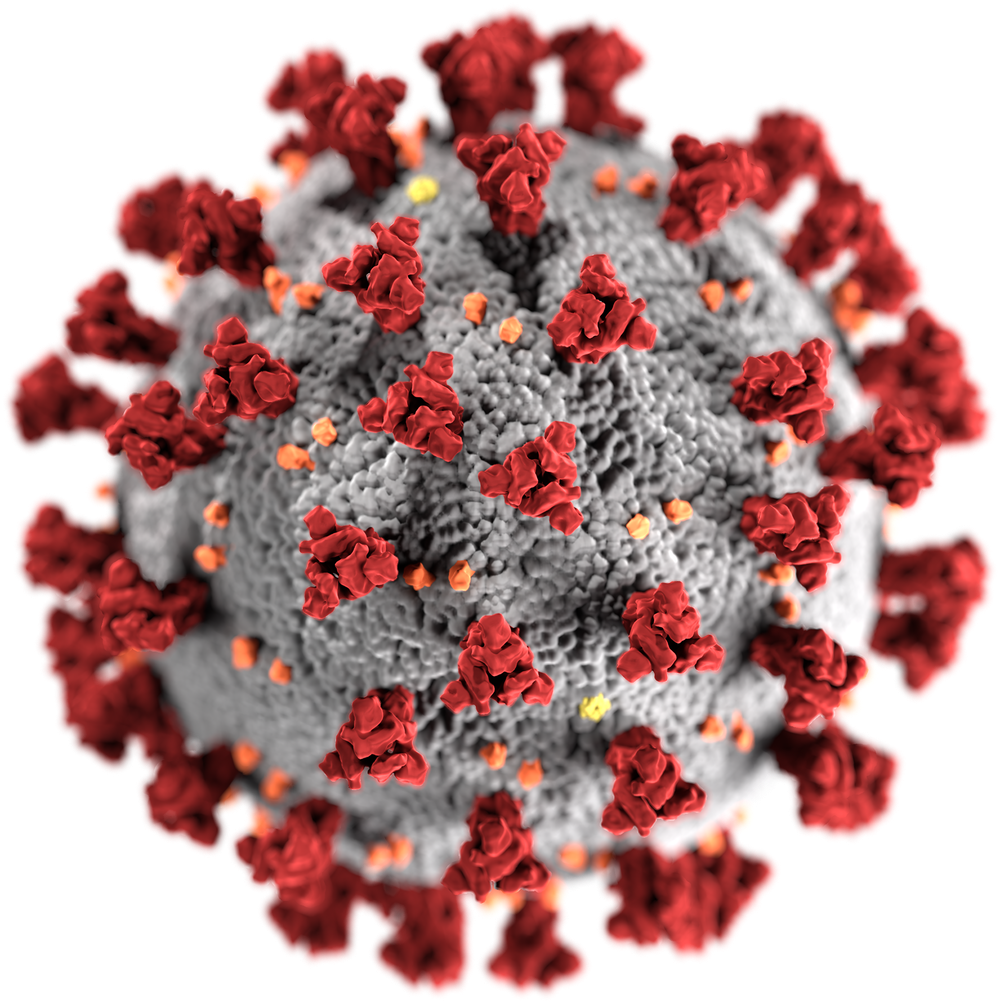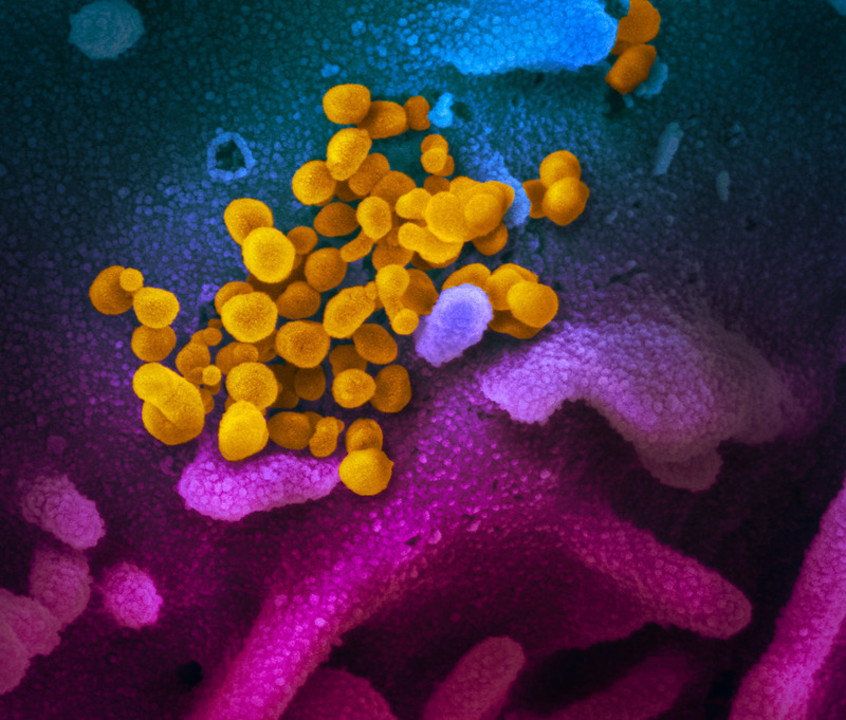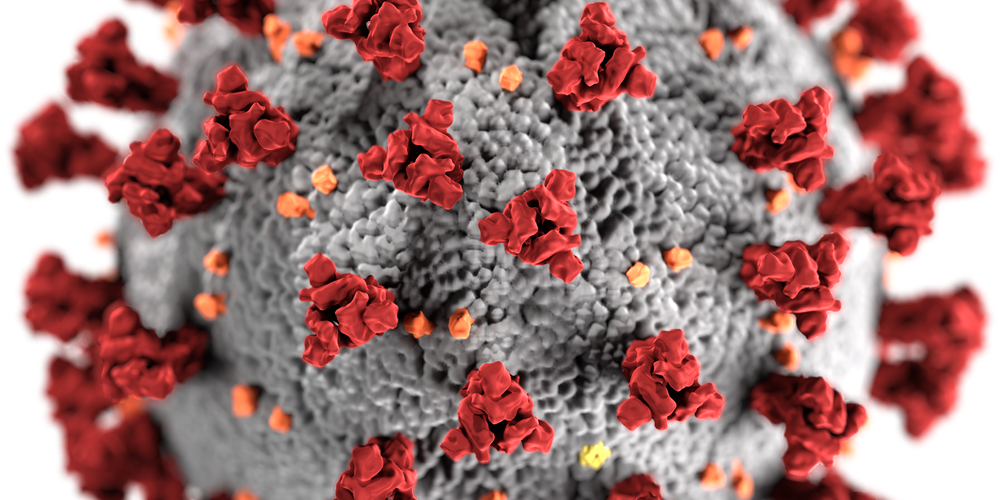
Corona 19, which is raging around the world, has made many things to hear about the virus. What is the original virus and how does it live?
It is estimated that there are more than 10 31 viruses on the planet. Viruses do not have the ability to create and accumulate energy, but live by using the energy produced by other living cells by parasitic. Viruses are considered inanimate because of their inability to live alone.
Viruses that are not parasitic in cells are entwined with particles called virions. Viruses wrapped in virions can survive for a period of time without parasitic to cells. When Baringus comes into contact with an organism with cells, wrapped in a virion, the organism becomes infected with a virus.
Viruses parasitic in cells proliferate and produce virions. Meanwhile, the presence of a virus that steals or predates cells is also confirmed. The proliferated virus parasites on more cells and migrates to other cells.

The same is true for the novel coronavirus SARS-CoV-2 that the lipid membrane and virus also exist. The lipid membrane is dissolved with soap. It can destroy the virus itself by dissolving the membrane. Therefore, it is recommended to wash your hands with soap as an effective means of antivirus vaccines including the novel coronavirus.
Paul Sanderson, an expert in supramolecular chemistry at the University of New South Wales, explains why soap is so effective against viruses. Most viruses are self-assembled nanoparticles made up of three components: RNA, protein and lipids. Viruses are not strictly living organisms, so from the standpoint of supramolecular chemistry, they can be said to be nano-sized particles that create structures similar to those of nature.
The important thing here is that the core of the virus is the lipid membrane that protects RNA. Virus particles are usually protected by a membrane, most of which consists of a lipid bilayer. Since the lipid bilayer tissue is tightly interlocked like a side zipper, it is difficult to physically decompose it, but because the molecules are connected by non-covalent bonds, the chemical bonding strength itself is weak.
Since soap has the ability to dissolve fat, viruses exposed to soap can easily break like a pyramid made of cards. Soap is a good antivirus vaccine because it also removes dirt from the surface of the hand.
In addition to toilet soap, pharmacies have various products that have antibacterial properties, but they point out that they cannot beat ordinary soaps because these do not affect the virus structure at all. Many hygiene products are also just expensive versions of soap.
The only exception is alcohol disinfection. Alcohol disinfection becomes very strong as a solvent that dissolves lipids when the concentration exceeds 60%. Therefore, the 60-80% alcohol disinfectant on the market effectively inactivates the virus in a soap-like structure. However, unlike hand washing with soap, since each virus does not have the effect of removing dirt, it cannot be expected to be as effective as soap.
Other studies that simulate the motion of salivary fluid containing the virus also found that the virus was more effective in washing hands with soap than alcohol disinfection. On the other hand, alcohol disinfection can inactivate the virus in a relatively short time, so it can be said that it is useful in offices where you cannot wash your hands with soap.
Moving back to the virus, the virus moves to something other than a new host or cell through coughing and sneezing, peeling skin, and objects touched by the host. As the virus spreads through various mediations, it provides a disease epidemic.
Viruses that recognize specific organisms and are parasitic are also present. Cats, for example, may be infected with a virus that causes feline AIDS, called feline immunodeficiency virus FIV. In addition, bats carry several coronaviruses, and the new coronavirus is one of them.
The novel coronavirus is a type of virus belonging to the coronavirus family, and is classified as the SARS coronavirus, the cause of the severe acute respiratory syndrome SARS in 2003, and the MERS coronavirus, the cause of the Middle East respiratory syndrome in 2012. Corresponds to.
When a virus called coronavirus is observed under a microscope, the tiny protein bumps on the surface of the virion look like solar corona, so it got the same name. Coronaviruses, including the novel coronavirus, mutate relatively frequently, and at this time, it has been confirmed that 7 types of coronavirus are infecting humans. Among them, the novel coronavirus is said to have a higher infectivity for cells than the SARS coronavirus.
Experts advise that many people pay attention to what diseases are caused by viruses, but not only the disease itself, but also the characteristics of the virus, the path of infection, and the means of propagation. The time has come to require knowledge of viruses. Related information can be found here .


















Add comment